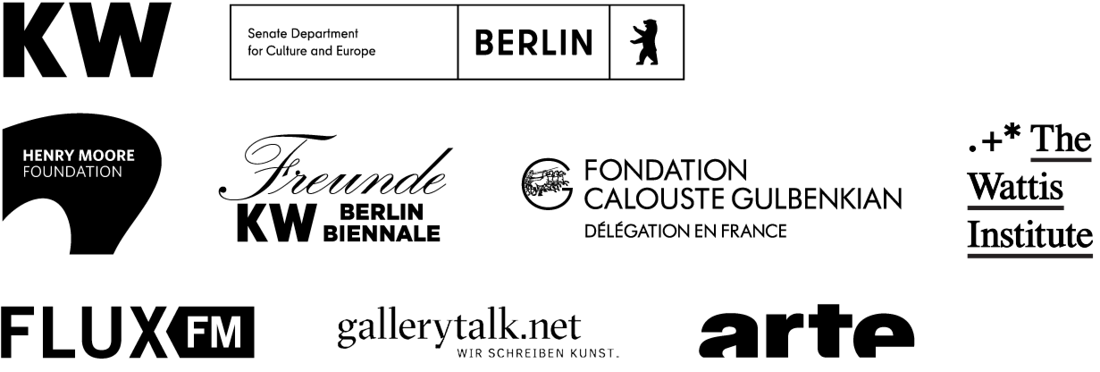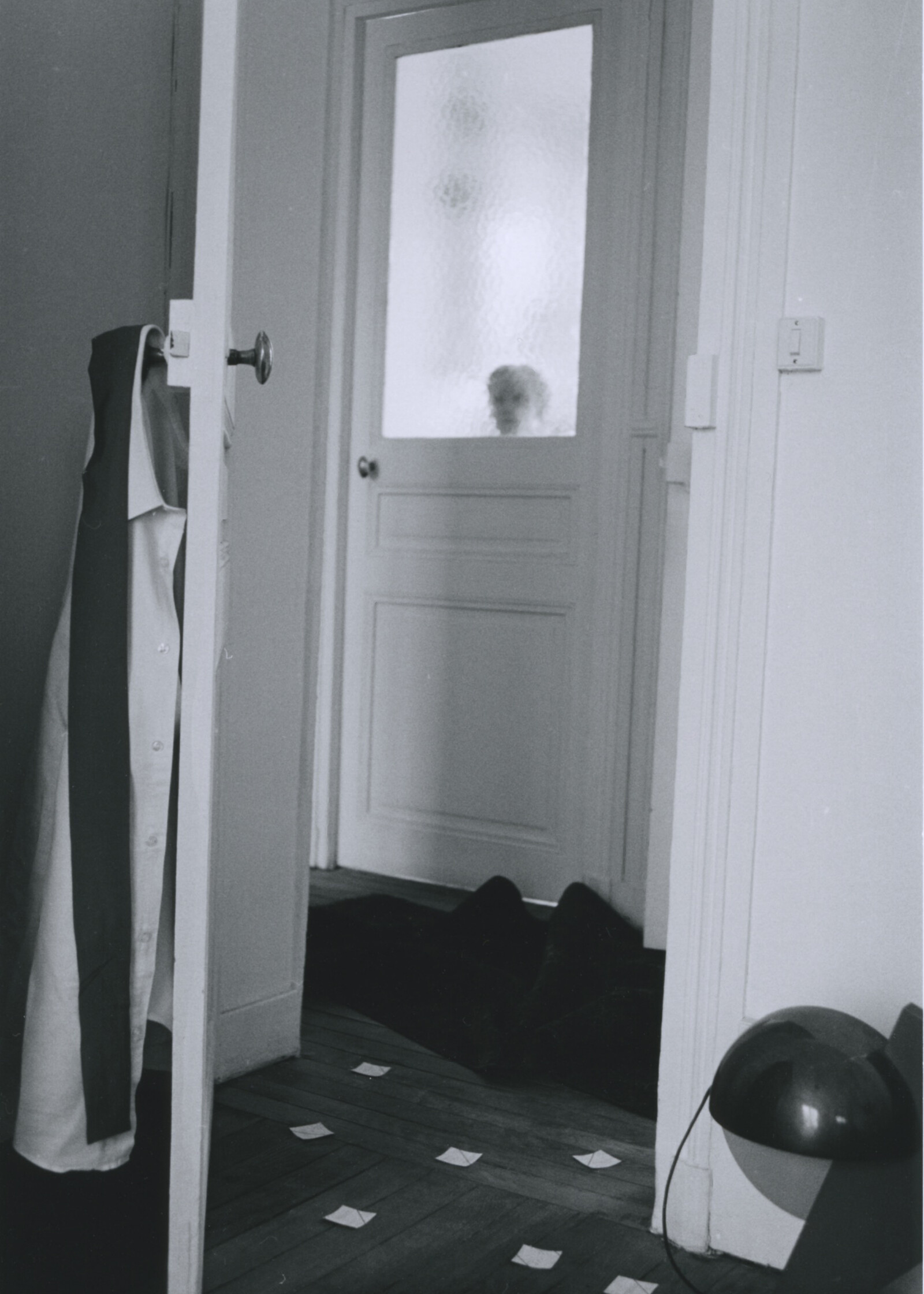June 10–August 20, 2023
Auguststraße 69
10117 Berlin
Germany
Hours: Wednesday–Monday 11am–7pm,
Thursday 11am–9pm
T +49 30 24345941
press@kw-berlin.de
KW Institute for Contemporary Art is pleased to present its summer program, running June 10–August 20, 2023, which continues to investigate the self and its representation. This is exemplified by the sculptures of Enrico David, who critically elaborates on the body’s autonomy through its different stages of non-being and becoming, as well as by the work of Emily Wardill and Hervé Guibert, who each explore what lies beyond the grasp of an image.
The press preview will take place on Friday, June 9, 11am. Please register your attendance here.
View the summer-program press release here.
Enrico David: Destroyed Men Come and Go
The exhibition will mark Enrico David’s (b. 1966, Italy) first institutional solo exhibition in Germany and will be devoted solely to his sculptural practice.
David works with sculpture, painting, textiles, and installation, while drawing is also central to his exploration of form. Mining a space between figuration and abstraction, he consistently returns to the body as a point of departure, exploring the human figure as a metaphor for transformation. Conveying the struggle of adaptation of the self and the image, Enrico David’s sculptures critically elaborate on the body’s autonomy through its different stages of non-being and becoming.
In KW’s main hall and on the ground floor, the sculptures will be exhibited in a spatial arrangement without walls, touching upon the concept of nothingness, and setting the scene for a silent non-space; a time without a present, a space of waiting and suspense. Having fallen out of being and caught in a constant mode of performative transformation, the artists anthropomorphic sculptures are punctual confrontations between themselves and their onlooker, caught in a struggle to appear as absolutes.
Emily Wardill: Identical
For the 2023 KW Production Series, artist Emily Wardill (b. 1977, UK) presents an immersive moving-image installation. This new commission deepens the artist’s ongoing enquiry into the “imagined image”—what it is, what it has been used for, and what traces it leaves behind.
Wardill’s new installation draws aesthetic inspiration from “expanded cinema”—a multimedia form developed by artists in the 1960s and 1970s—while also engaging with the imaginary of “expansion” as it relates to individual consciousness, and to territorial economic growth and domination.
Identical splits the audience’s attention across two video screens whose images loop, split and fold into one another. With reference to iconic cinematic moments of sexual pleasure and physical violence, Identical reflects on the manufactured nature of these moments of abandon. The accompanying soundtrack runs up and down a central channel in the gallery, weaving an eight-piece choir (whose chorus builds in a Fibonacci pattern) together with sampled tracks, cover songs, and ruminations on “splitting” both as duplicitous and the genesis of life on a cellular level.
More.
Hervé Guibert: This and More
This solo exhibition features a selection of photographs by the late French artist, writer, and activist Hervé Guibert (b. 1955, France, d. 1991, France). Curated by Anthony Huberman the exhibition explores what lies beyond the grasp of photography.
Better known for his portraits, Guibert also photographed interiors, inanimate objects, and empty rooms—an important body of work that remains relatively unknown. Laconic and reserved, these photographs offer an approach to portraiture where what is missing from the image is what counts. Charged with love as well as with trauma, these interior spaces invite imaginative readings of the people who belong or once belonged there.
Instead of providing a sense of objectivity or “truth,” this exhibition points to all that is invisible in a photograph: memories, anecdotes, absences, and richly layered subjectivities. In that sense, this exhibition considers the “truths” that lie dormant within a photograph, invisible to the eye and yet central to the image. It proposes images about what is absent from images.
More.
Press contact: Marie Kube, press [at] kw-berlin.de
In collaboration with and/or are supported by:



